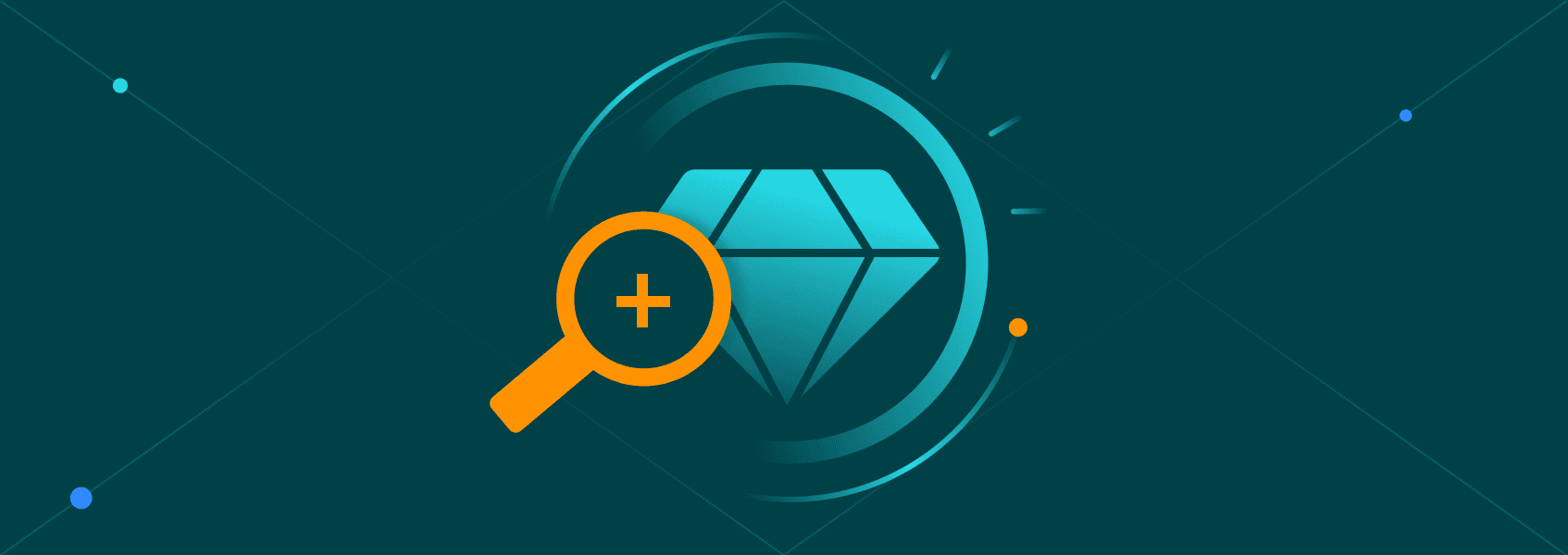Best Web Scraping Practices: How to Do It in 2024


Justas Vitaitis
Last updated -
In This Article
The web scraping industry accumulated 4 billion USD in revenue in 2022 and is expected to grow fourfold by 2035. Facilitated by enormous engagement on social media and booming e-commerce platforms, web scraping is becoming one of the main tools to gather publicly available web data .
Simultaneously, more and more websites implement anti-scraping mechanics to battle competition and deny data extraction. Below, we’ll elaborate on the best web scraping practices in 2024 . But first, a short introduction to what web scraping is and why it’s an important business growth tool.
What Is Web Scraping and What Is It Used For?
Web scraping is an activity that handles automatic data extraction from websites. For example, competing businesses must keep an eye on commodity prices to see where the market is going and adjust. They can hire a dedicated employee to review e-shops and manually compare prices. However, it’s a costly, time-consuming task prone to human error.
Instead, they can use web scrapers to target hundreds of e-commerce platforms simultaneously. The data is extracted in a specific format ready for further analysis, like JSON or CSV, and free from human error. Here’s a list of tasks that benefit from web scraping most:
- Competition monitoring;
- Business intelligence gathering;
- Commodity price comparison;
- User sentiment analysis;
- Generating leads;
- Scientific research.
The business benefits are obvious. Unfortunately, malicious actors misuse web scraping to gather private data or target websites that explicitly state anti-scraping policies. That’s why it’s essential to follow the web scraping best practices listed below.
1. Adhere to Data Scraping Laws
It’s crucial to limit data scraping to the necessary minimum. Firstly, gathering private or personally identifiable data can get you in legal trouble under Europe’s General Data Protection Regulation (GDPR) or the California Consumer Privacy Act (CCPA) laws in the US. Both initiatives have robust laws protecting user’s online privacy.
A clear indication that you are overstepping boundaries is scraping data that requires logging in. On most occasions, if you are required to log in via username-password, there’s a term of service (TOS) document you must agree to upon registration . Proceeding with automatic data gathering can bypass the TOS verification, which is unlawful.
The same applies to personally identifiable data. For example, date of birth, employment history, and social media posts link to a real person. Gathering and using such information is widely considered business malpractice and uncompetitive behavior .
2. Define Gathered Data
Just as important is reducing to a minimum the exact required information that’s publicly available. This is mostly done using scraping tools that can be customized to target specific HTML elements. Grabbing all information in HTML is fruitless as it overburdens following data analysis tasks.
For example, you’re selling footwear and want to analyze sneaker prices. Your chosen e-shops place the sneaker name, manufacturer brand, and price within HTML elements. If you scrape all elements, you will get additional information you will not use. Instead, you can target CSS selectors that assign a specific font to prices , like ‘font-weight: bold’, and your scraper will retrieve only bolded data, saving time and resources.
Because most websites have different layouts, there are no universal data scraping techniques to target chosen elements. Instead, you can use browser developer tools (ctrl+shift+J on Windows) and inspect the Elements section. With some HTML and CSS knowledge, you will be able to identify the HTML or CSS selector you need.
3. Inspect Robots.txt File
Even though the US court declared scraping to be perfectly legal in 2022, many businesses implement some anti-scraping policies, which are helpful if you want to remain within ethical boundaries. Firstly, review the website’s TOS to see what they say about scraping it. Even though websites cannot prohibit gathering publicly available data, it’s best to respect their limits.
Adhering to the robots.txt document is paramount if you decide to scrape a chosen site. It contains information for web scrapers and crawlers about which parts of the domain are free for gathering. A basic robots.txt structure includes a specific user agent with two options: allow or disallow. This means that they allow some user agents to scrape some website parts while others are prohibited.
The robots.txt file is not a lawful enforcement but a voluntary compliance. You can ignore it whatsoever, but as the hiQ Labs vs. LinkedIn case illustrates, it could get you in a courtroom. On the other hand, if you deem scraping a particular website legal and necessary, it’s best to ensure you do so privately.
4. Scraping the Web Privately
Most businesses that establish anti-scraping systems scrape the web themselves. Mostly, it’s to deny the competitors access to crucial information while maintaining an advantage at the same time. Although it doesn’t sound especially transparent, that’s the current situation in the expanding digital marketing universe. Here are a few methods of how websites limit data scraping:
IP address bans
Website owners can limit the number or frequency of requests coming from the same IP address. Because web scrapers are optimized to work fast, they can send multiple requests faster than a human. Upon detection, the website bans a specific IP address from getting more information.
Rate limiting
Websites set a limit on the number of requests within a specific time frame. Although information access is widely available, retrieving it will take far too long, rendering web scrapers ineffective. Some websites will redirect to CAPTCHA puzzles if they notice too many requests too fast.
Honeypot traps
Rather uncommon trap, a web scraper honeypot is a website (code) element invisible to the visitor but ‘seen’ by a web scraper. They are designed to ‘catch’ the scraper’s attention and even stuff it with fake data . Nevertheless, you can encounter it scraping information outside of the robots.txt allowance.
Limiting publicly available market data scraping is uncompetitive. After all, businesses must have the means to analyze the market and use this data to enhance consumer experience. You can use additional scraping tools to obfuscate your web scraping activities.
Firstly, you can use a reliable proxy service to send data extraction requests from different IPs . It’s best to change proxy servers often, like IPRoyal’s rotating residential proxies that change IP addresses at selected time intervals. This way, a website will see data scraping requests from multiple genuine users, bypassing discussed data gathering limits.
Websites also check the user agent to identify scrapers. Make sure your web scraper has a list of legitimate user agents it can use to send multiple requests. Here’s a list of user agents for scraping that simulate different browser environments in the most popular operating systems.
Lastly, you can use an Anti-detect browser. Unlike renowned Chrome, Firefox, or Edge, these browsers are designed to customize the browser fingerprint and user agents during different browsing sessions. Utilizing them for data scraping is easy, although the list of additional software grows a tad long.
5. Consider APIs
Web scraping techniques are unnecessary if your chosen website provides an application programming interface (API) access. An API is an official way of sharing online data between two consenting parties. For example, weather forecasting agencies have APIs that channel the forecast in real-time directly into viral new sites for visitors’ comfort.
The same applies to commodity prices, as many e-shops provide APIs to share data with vendors. However, APIs have strict data sharing limits that sometimes prohibit access to required information. Using an API is best if the rules align with your business interests. But if they don’t, rely on the web scraping best practices outlined above.
Conclusion
Data scraping is a popular and effective data extraction practice with numerous benefits. As with most contemporary digital technology, it has its ups and downs. However, once you master the best web scraping practices, you can base your decisions on factual and verifiable data , significantly reducing business errors.
FAQ
Is web scraping and web crawling the same?
Although often used interchangeably, web crawling defines a broader data-gathering scope. Search engines deploy web crawlers (also called spiders or spiderbots) to go through website content and place it accordingly in the search results. In comparison, web scraping is much more narrow, focused on specific data (prices, reviews, product descriptions, etc.)
Can I use a VPN to scrape data?
Yes. Like proxies, VPNs also obfuscate the original IP address and issue a substitute. This way, they also bypass anti-scraping systems and gather information without detection. However, VPNs are not as customizable and efficient. They apply additional encryption to all online data flow. Although it adds an additional layer of online privacy, it also slows down the data exchange speed, which is essential for web scraping.
What proxies are best for data scraping?
Rotating residential proxies are the best for gathering publicly available online data because their traffic is nearly inseparable from a genuine user. Furthermore, proxy rotation ensures that scraping requests are made from different IPs, preventing detection and ban. However, if your chosen website allows scraping it, you can use datacenter proxies that are much more affordable.

Author
Justas Vitaitis
Senior Software Engineer
Justas is a Senior Software Engineer with over a decade of proven expertise. He currently holds a crucial role in IPRoyal’s development team, regularly demonstrating his profound expertise in the Go programming language, contributing significantly to the company’s technological evolution. Justas is pivotal in maintaining our proxy network, serving as the authority on all aspects of proxies. Beyond coding, Justas is a passionate travel enthusiast and automotive aficionado, seamlessly blending his tech finesse with a passion for exploration.
Learn more about Justas Vitaitis
